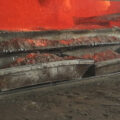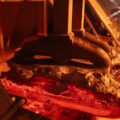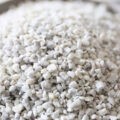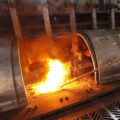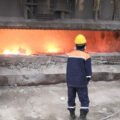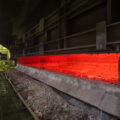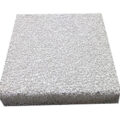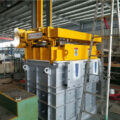The removal of alkali metals is also important in aluminum smelting and casting processes. The alkali metals and alkaline earth metals in the aluminum melt mainly come from the alkali metals and alkaline earth metal elements in the aluminum electrolysis process, such as Na, Li, Ca, etc., and also from the aluminum alloy flux. Aluminum alloy flux is usually composed of alkali metals and alkaline earth metals. The main components of chloride and fluoride are KCl, NaCl, NaF, CaF, Na3AlF6, Na2SiF6, etc. After using the flux, the above-mentioned alkali metals and alkaline earth metals will remain in the melt.

Experiments have proved that the removal of alkali metals in aluminum melt is the use of chlorine, chlorinated preparations (such as hexachloroethane, carbon tetrachloride, etc.) or fluorinated preparations in the holding furnace. Perform refining treatment. However, in the process of using chlorine, chloride or fluoride, chlorine gas will float in the aluminum melt. The chlorine and hydrogen fluoride generated by the reaction with alkali metals, hexachloroethane and tetrachloride after heating will seriously affect the carbon gas. Damage the furnace lining and shorten the life of the furnace; secondly, it will cause occupational hazards to the producers and operators.
An environment-friendly and efficient alkali metal/alkaline earth metal method is realized through substitution reaction. The basic principle is to use the active wave characteristics of alkali metal/alkaline earth metal chemical characteristics according to the order of metal activity, and add other metal salts with relatively inert cations. And then delete it through other physical methods.
At present, high-performance alloys are developing in the direction of large specifications, and the requirements for the size of cast slabs are gradually increasing. The hazards of residual gas, impurities, slag and alkali/alkaline earth metals in the aluminum alloy melt during the processing of cast billet will be further emphasized.

